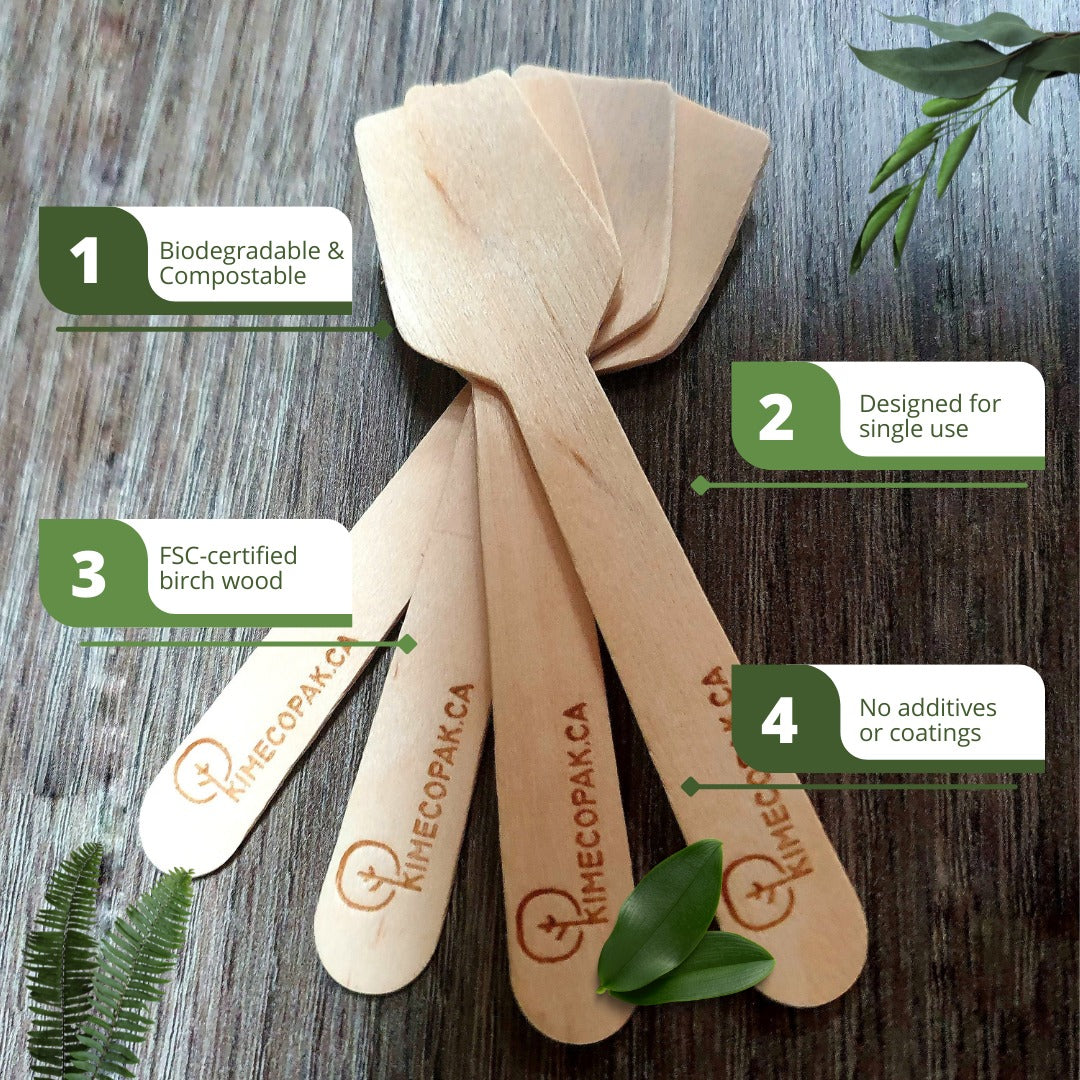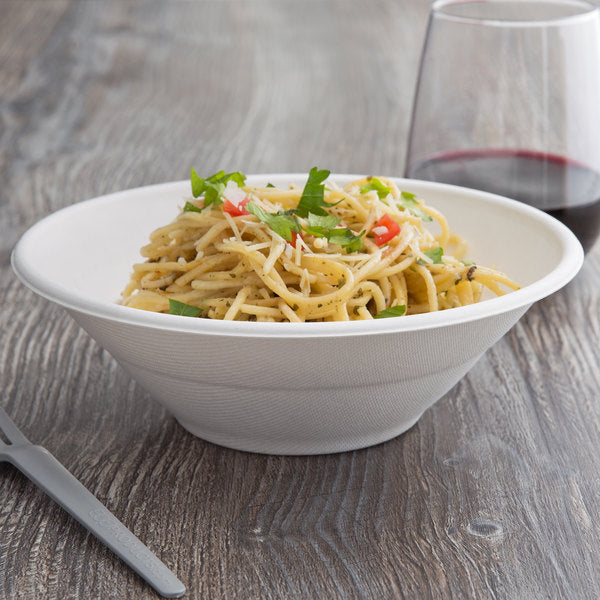Neapolitan pizza, originating from Naples, Italy, is more than just a dish – it’s a symbol of Italian culture and culinary craftsmanship. Known for its thin, soft crust, minimal toppings, and incredible flavor, this pizza has even earned a UNESCO cultural heritage designation. If you're a pizza enthusiast looking to recreate an authentic Neapolitan pizza at home, this comprehensive guide will walk you through every step.
A Brief History of Neapolitan Pizza
Did you know? The first Margherita pizza was made in 1889 to honor Queen Margherita of Savoy. It was designed using ingredients that represent the Italian flag: red (tomato), white (mozzarella), and green (basil). Since then, Neapolitan pizza has become an iconic dish enjoyed worldwide.
What Makes Neapolitan Pizza Authentic?
The authenticity of Neapolitan pizza lies in its ingredients and preparation methods. Here’s what you’ll need:
For the Dough:
-
00 Flour – 500g (A fine Italian flour, ideal for pizza dough)
-
Water – 325ml (Room temperature for proper hydration)
-
Sea Salt – 10g (Balances flavors)
-
Yeast – 2g (Dry or fresh yeast, essential for fermentation)
-
Optional: A few drops of olive oil (Some traditional recipes omit this)
For the Sauce:
-
San Marzano Tomatoes – 1 can (Sweet and low in acidity, grown in Italy)
-
Sea Salt – 1 tsp (Enhances flavor)
-
Olive Oil – 1 tbsp (For drizzling)
For the Toppings:
-
Fresh Mozzarella – 200g (Preferably mozzarella di bufala or fior di latte)
-
Fresh Basil Leaves – A handful (For aroma and freshness)
-
Olive Oil – For drizzling

How to Make Neapolitan Pizza Dough
The dough is the heart of any pizza. Follow these steps to get it right:
Prepare the Yeast Mixture
- Dissolve yeast in a small amount of warm water (not hot) and let it sit for 5 minutes until foamy.
Mix the Dough
- In a large mixing bowl, combine flour and salt.
- Gradually add the yeast mixture and remaining water while mixing.
Knead the Dough
- Knead for 10–15 minutes by hand or with a dough hook.
- The dough should be smooth, elastic, and slightly sticky.
Let It Rise
- Form the dough into a ball, place it in a lightly oiled bowl, and cover with a damp cloth.
- Allow it to rise at room temperature for 8–24 hours for better flavor.
Divide and Rest
- Once risen, divide the dough into 2 or 4 equal portions.
- Shape into balls and let them rest for another 2–3 hours before stretching.

How to Assemble Your Neapolitan Pizza
Stretch the Dough
- Place a dough ball on a floured surface.
- Using your hands, gently stretch it into a 12-inch circle.
- Avoid using a rolling pin to keep air bubbles in the crust.
Prepare the Sauce
- Blend or crush the San Marzano tomatoes into a smooth sauce.
- Season with salt and drizzle olive oil.
- Do not cook the sauce – keeping it raw preserves the fresh, tangy flavor.
Add Toppings
- Spread a thin layer of sauce, leaving an inch for the crust.
- Add small chunks of fresh mozzarella.
- Scatter a few basil leaves and finish with a drizzle of olive oil.
Cooking Methods for Neapolitan Pizza
Authentic Neapolitan pizza is cooked at high temperatures for a short time. Here are three ways to achieve the perfect bake:
Wood-Fired Oven (Traditional Method)
- Heat to 400–500°C (750–900°F).
- Place the pizza directly on the oven floor and cook for 60–90 seconds, rotating frequently.
Home Oven with Pizza Stone
- Preheat to the highest setting (250–300°C or 480–570°F).
- Place a pizza stone or steel on the middle rack.
- Slide the pizza onto the stone and bake for 6–8 minutes until golden and slightly charred.
Alternative: Cast Iron Skillet
- Heat a cast iron skillet on the stove over high heat.
- Cook the pizza base for 1–2 minutes.
- Transfer to the oven under a broiler to finish cooking.

Troubleshooting Tips
- Why is my dough too sticky? Add a little more flour while kneading.
- Why isn’t my crust crispy? Ensure your oven is hot enough and use a pizza stone or steel.
- Why does my pizza taste bland? Don’t skip the sea salt in the dough and sauce.
Popular Neapolitan Pizza Variations
While the classic Margherita is beloved, here are other authentic variations:
- Margherita – Tomato sauce, mozzarella, fresh basil, and olive oil.
- Marinara – Tomato sauce, garlic, oregano, and olive oil (no cheese).
- Quattro Formaggi – Mozzarella, parmesan, ricotta, and gorgonzola.
- Diavola – Spicy salami or pepperoni with tomato sauce and mozzarella.
Neapolitan Pizza FAQs
What is the difference between Neapolitan and Margherita pizza? Neapolitan pizza is a style, while Margherita is a variation with tomato, mozzarella, and basil.
Can I make Neapolitan pizza without a wood-fired oven? Yes! A pizza stone or steel in a home oven can replicate similar results.
What flour is best for Neapolitan pizza dough? Italian "00" flour is ideal for a soft, pliable dough and airy crust.
Can I freeze Neapolitan pizza dough? Yes! After the first rise, divide into portions, wrap tightly, and freeze for up to 3 months.
FAQs: Neapolitan Pizza Recipe
What is the difference between Neapolitan and Margherita pizza?
Neapolitan pizza refers to the style of pizza, while Margherita is a specific topping combination of tomato, mozzarella, and basil.
Can I make Neapolitan pizza without a wood-fired oven?
Yes! A pizza stone or steel in a regular oven preheated to its highest setting can replicate similar results.
What flour is best for Neapolitan pizza dough?
Italian "00" flour is ideal as it creates a soft, pliable dough with a light, airy crust.
How long does it take to cook Neapolitan pizza?
In a wood-fired oven, it takes 60–90 seconds. In a home oven, it usually takes 6–8 minutes.
Can I freeze Neapolitan pizza dough?
Yes! After the first rise, divide the dough into portions, wrap tightly, and freeze for up to 3 months.
Conclusion
Neapolitan pizza is a masterpiece of simplicity and flavor. By following this detailed guide, you can create an authentic Neapolitan pizza recipe in your own kitchen, whether using a wood-fired oven or a conventional oven. So gather your ingredients, roll up your sleeves, and bring a little taste of Naples to your home! For more culinary inspiration, explore more recipes on Kimecopak.ca.







